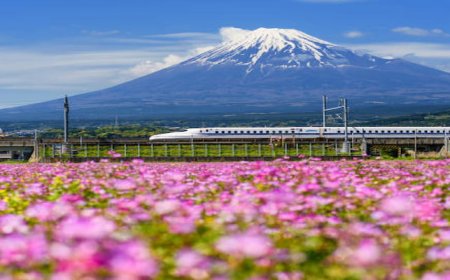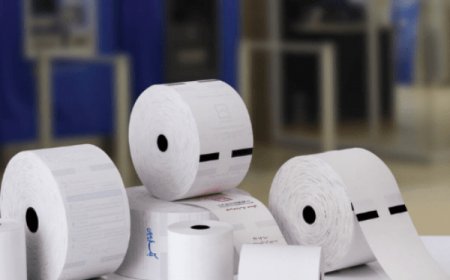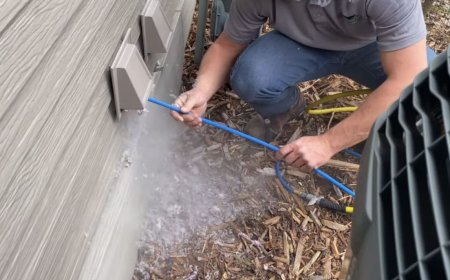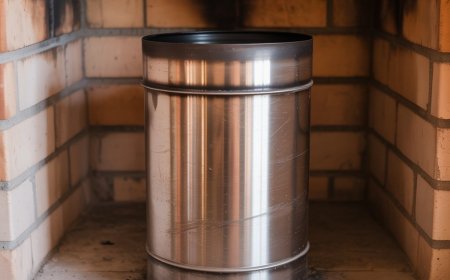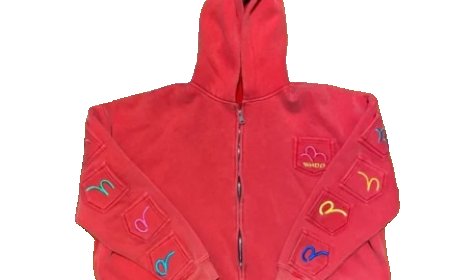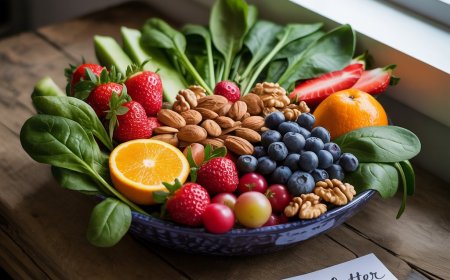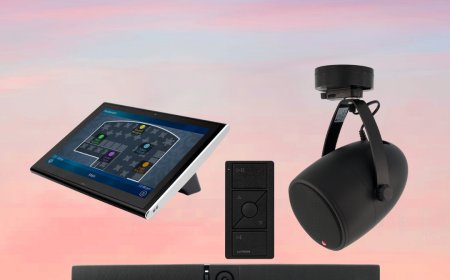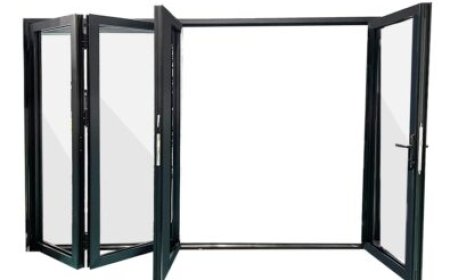How to identify magic mushrooms near me
Identifying magic mushrooms, specifically those containing the psychoactive compound psilocybin, requires careful observation and knowledge of specific species. Here’s a guide to help you identify them safely and accurately:
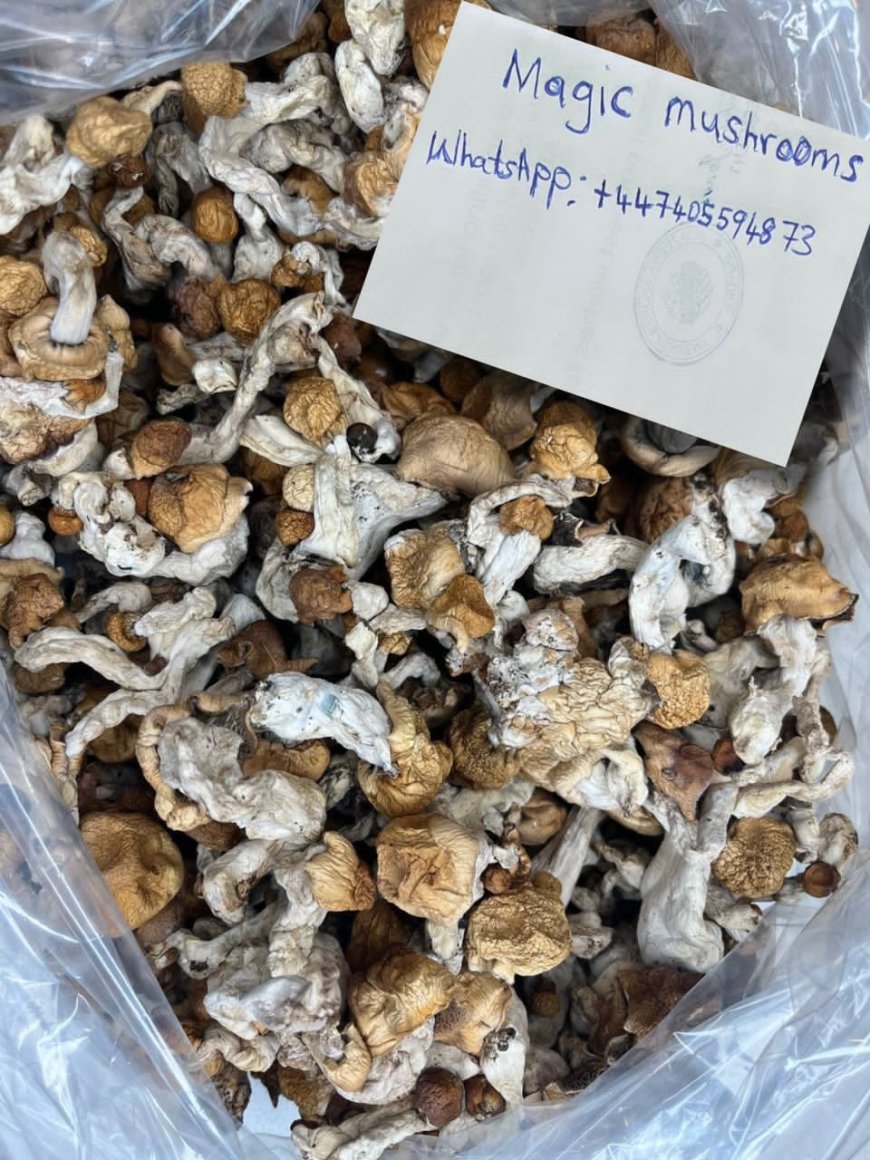
Identifying magic mushrooms near me, specifically those containing the psychoactive compound psilocybin, requires careful observation and knowledge of specific species. Heres a guide to help you identify them safely and accurately:
Common Characteristics of Magic Mushrooms
-
Cap Shape and Size
- Shape:Caps are typically conical or bell-shaped when young and can flatten out as they mature.
- Size:They can vary in size but often range from 1 to 8 cm in diameter.
-
Color
- Cap Color:Fresh caps can be brown, tan, or yellowish. They may have a darker center and lighten towards the edges.
- Staining:Some species will change color (blue or purple) when bruised. This is a key identifying feature.
-
Gills
- Attachment:Gills are usually closely spaced and can be free from the stem.
- Color:Gills can be light brown to dark purple or black as they mature.
-
Stem
- Color and Texture:Stems are typically white to light brown and can be hollow. They may have a slightly fibrous texture.
- Height:Stems can range from 4 to 15 cm in height.
-
Spore Print
- Method:To take a spore print, place the cap gill-side down on a piece of paper for a few hours. The color of the spores can help with identification.
- Common Colors:The spore print color for many magic mushrooms is typically purple-brown or black.
Common Species of Magic Mushrooms
-
Psilocybe cubensis
- Description:One of the most well-known species. It has a golden-brown cap, thick stem, and often bruises blue.
-
Psilocybe semilanceata (Liberty Cap)
- Description:Small, conical caps with a characteristic nipple-like protrusion on top. Found in grassy areas.
-
Psilocybe cyanescens (Wavy Cap)
- Description:Features wavy caps and a strong blue bruising reaction. Typically found in wood chips and mulch.
Important Safety Precautions
-
Research Local Species: Familiarize yourself with the specific species found in your area, as some mushrooms can be toxic or deadly. Use reliable field guides or local mushroom identification apps.
-
Consult Experts: If youre unsure, consider joining a local mycology club or consulting an expert for guidance.
-
Avoid Foraging Alone: Always go foraging with someone experienced in mushroom identification to avoid potential mistakes.
-
Legal Considerations: Be aware of the legal status of psilocybin mushrooms in your area, as they are illegal in many places.
Conclusion
Identifying magic mushrooms requires careful attention to detail and knowledge of specific characteristics. Always prioritize safety and legality when foraging. If you are uncertain about any mushroom, its best to err on the side of caution and refrain from consuming it.






